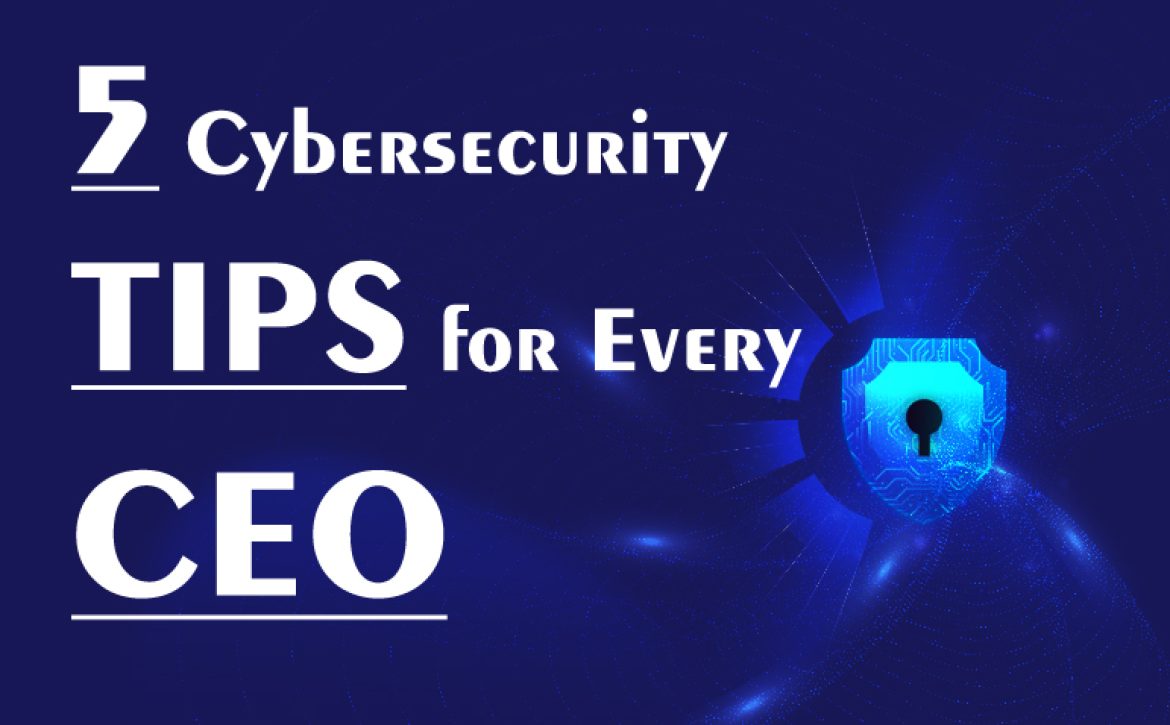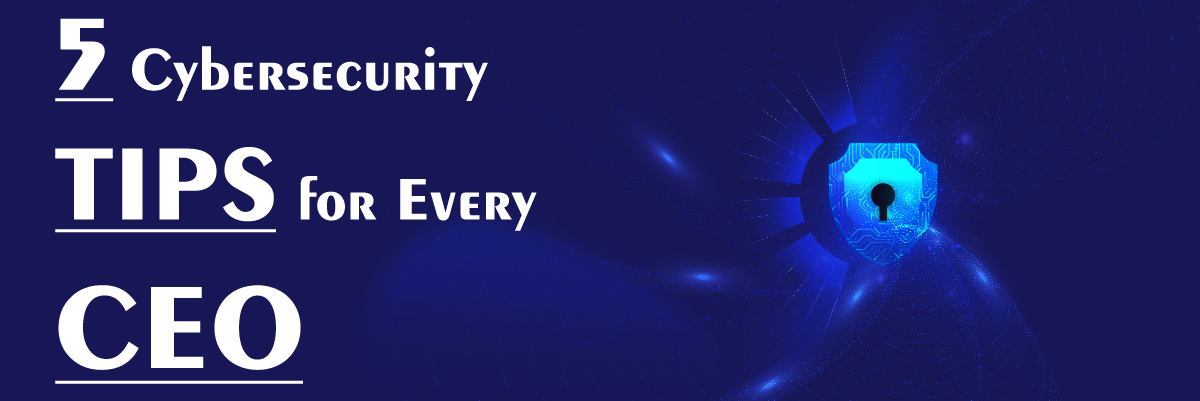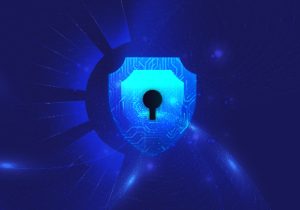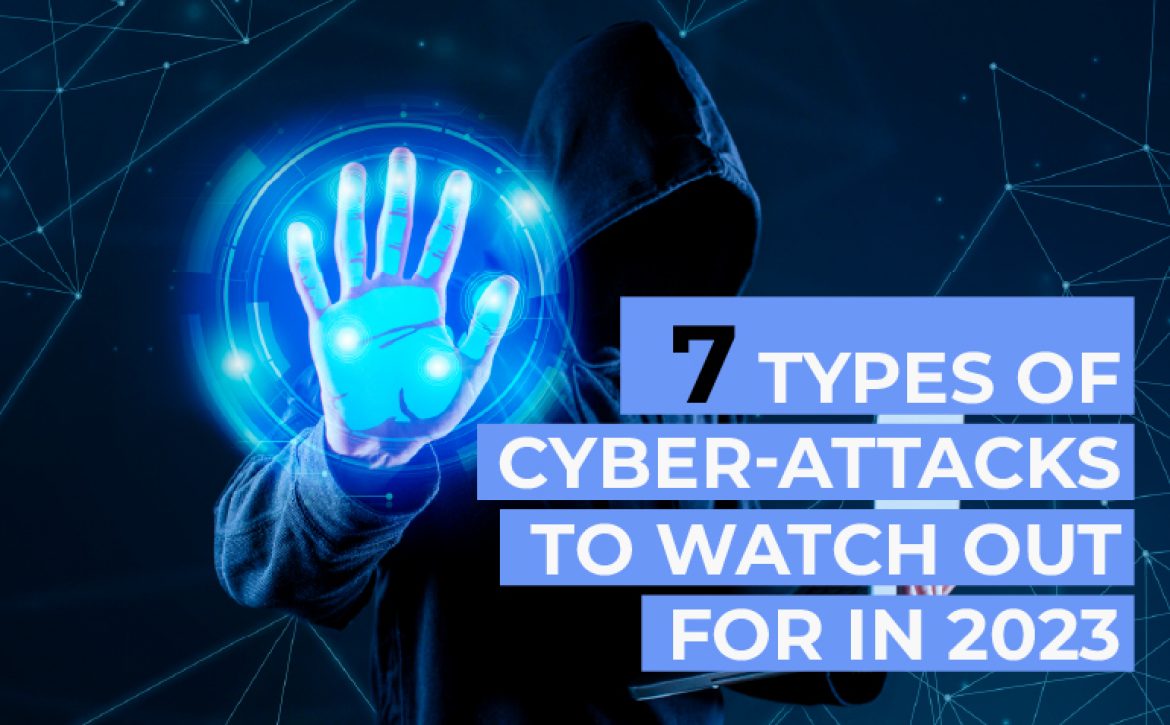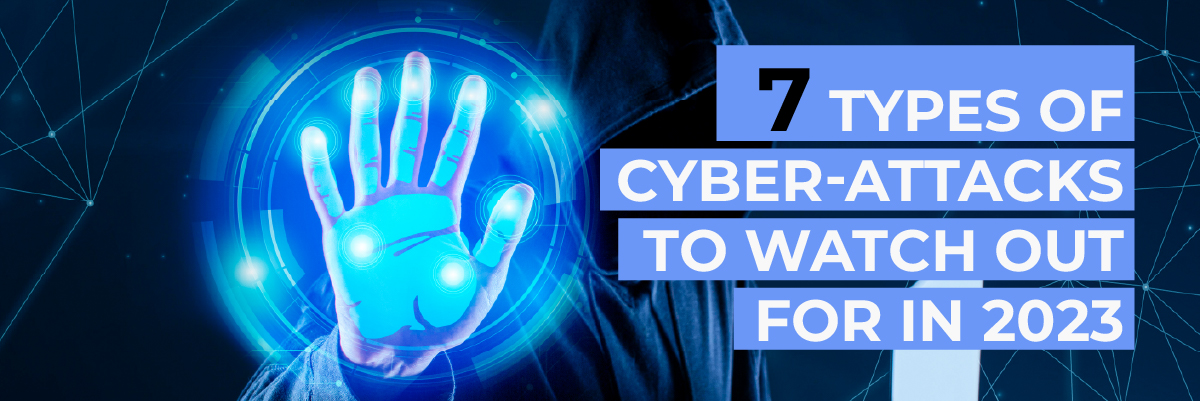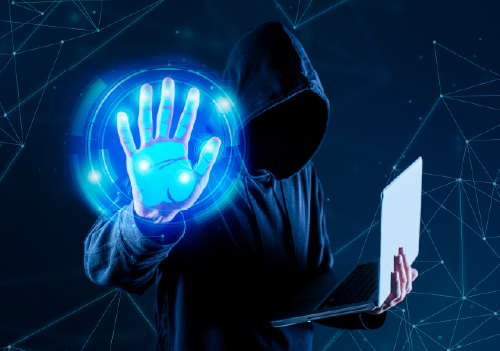Best Practices for Keeping Your Law Firm’s Data Safe

Best Practices for Keeping Your Law Firm’s Data Safe
In today’s digital age, law firms handle a vast amount of sensitive information, making data security a paramount concern. Protecting client confidentiality and ensuring the integrity of your firm’s data should be a top priority. Implementing best practices for data security is essential to safeguarding your law firm’s reputation and maintaining client trust. This blog will outline some crucial steps you can take to keep your law firm’s data safe.
1. Conduct Regular Risk Assessments
Start by assessing the potential risks and vulnerabilities your law firm may face. Identify and evaluate potential threats to your data, such as malware, phishing attacks, or unauthorized access. Regular risk assessments will enable you to understand your firm’s security posture and take proactive measures to address any vulnerabilities.
2. Train Your Staff
Invest in comprehensive data security training for all employees in your law firm. Educate them about common cyber threats, phishing scams, and the importance of strong passwords. Train your staff to recognize suspicious emails, avoid clicking on suspicious links, and promptly report any potential security incidents. Regularly update training materials to keep your team informed about emerging threats.
3. Implement Strong Password Practices
Enforce the use of strong passwords throughout your law firm. Encourage employees to create unique and complex passwords that combine letters, numbers, and special characters. Consider implementing a password manager to store and generate strong passwords securely. Regularly remind your staff to change their passwords and avoid using the same password for multiple accounts.
4. Use Two-Factor Authentication (2FA)
The two-factor authentication process adds an extra layer of security by requiring users to verify their identity in two ways. Implement 2FA for all your firm’s accounts, including email, case management systems, and cloud storage platforms. This additional step will significantly reduce the risk of unauthorized access, even if someone manages to obtain login credentials.
5. Secure Your Network
Protecting your law firm’s network is crucial in preventing unauthorized access to sensitive data. Ensure your Wi-Fi network is password-protected and uses encryption protocols like WPA2 or WPA3. Regularly update your network equipment’s firmware to patch any security vulnerabilities. Consider implementing a virtual private network (VPN) to establish a secure connection for remote work.
 6. Regularly Update Software and Systems
6. Regularly Update Software and Systems
Regularly update your operating systems, applications, and security software to the latest versions. Software updates often contain critical security patches that address known vulnerabilities. Enable automatic updates whenever possible to protect your systems against emerging threats.
7. Encrypt Sensitive Data
Utilize encryption to protect sensitive client data both in transit and at rest. Encryption converts data into unreadable code that can only be decrypted with the correct key. Implement encryption for emails, files stored in cloud services, and data backups. In a security breach, encrypted data will remain inaccessible to unauthorized individuals.
8. Backup Data Regularly
Implement a robust backup strategy to ensure the availability of critical data in the event of a data loss incident or ransomware attack, and regularly back up your law firm’s data to an offsite location or a secure cloud storage service. Test the data restoration process periodically to ensure the backups are functional.
9. Take the Help of a Reputed Partner
Consider partnering with a trusted and reputable IT service provider that specializes in data security for law firms. A reliable partner can offer expert guidance, implement advanced security measures, and support ongoing monitoring. They can assist you in implementing robust firewalls, intrusion detection systems, and data encryption protocols. With their expertise, you can stay updated with the latest security trends and ensure your law firm’s data remains protected against evolving cyber threats.
Conclusion
Maintaining data security in a law firm is an ongoing process that requires constant vigilance and adaptation. By implementing the best practices outlined above, you can significantly enhance your law firm’s data protection measures and mitigate the risks associated with cyber threats.
Additionally, partnering with a reputed IT service provider like Protected Harbor can provide you with the necessary expertise and support to bolster your law firm’s data security. Take proactive steps today to ensure the safety and integrity of your law firm’s valuable data.
To learn more about how Protected Harbor IT services can help safeguard your law firm’s data and provide comprehensive data security solutions, visit our website or contact our team. Protect your firm’s data and maintain client trust with the assistance of our experienced professionals. Take your time – take the necessary steps to secure your law firm’s data today.

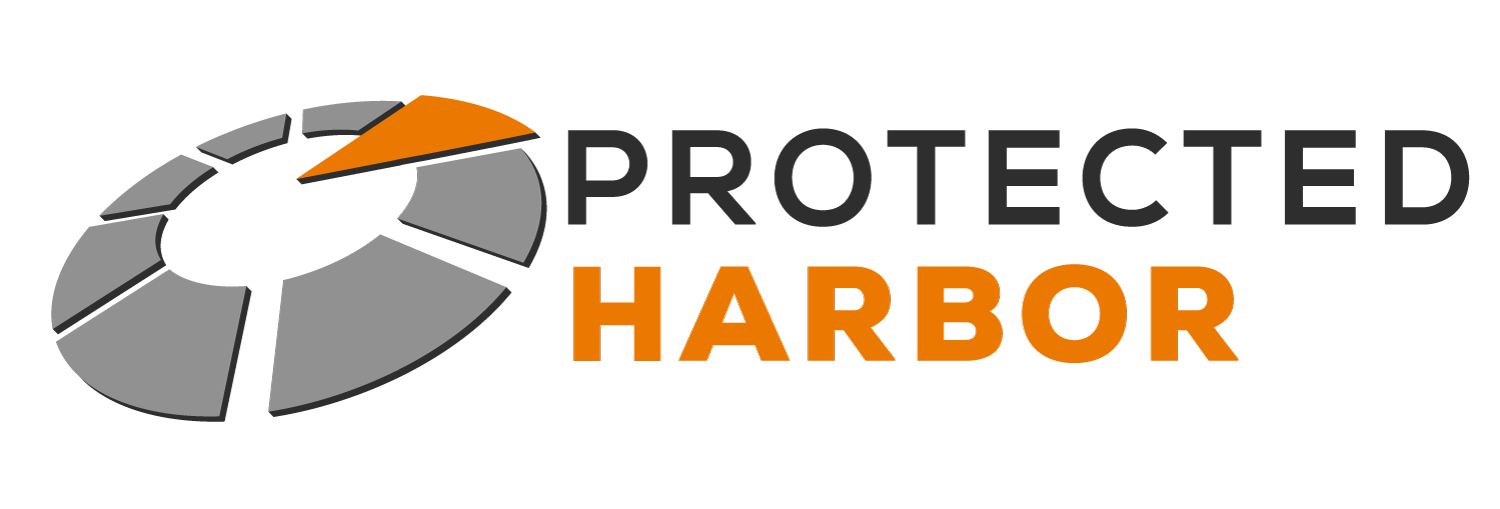
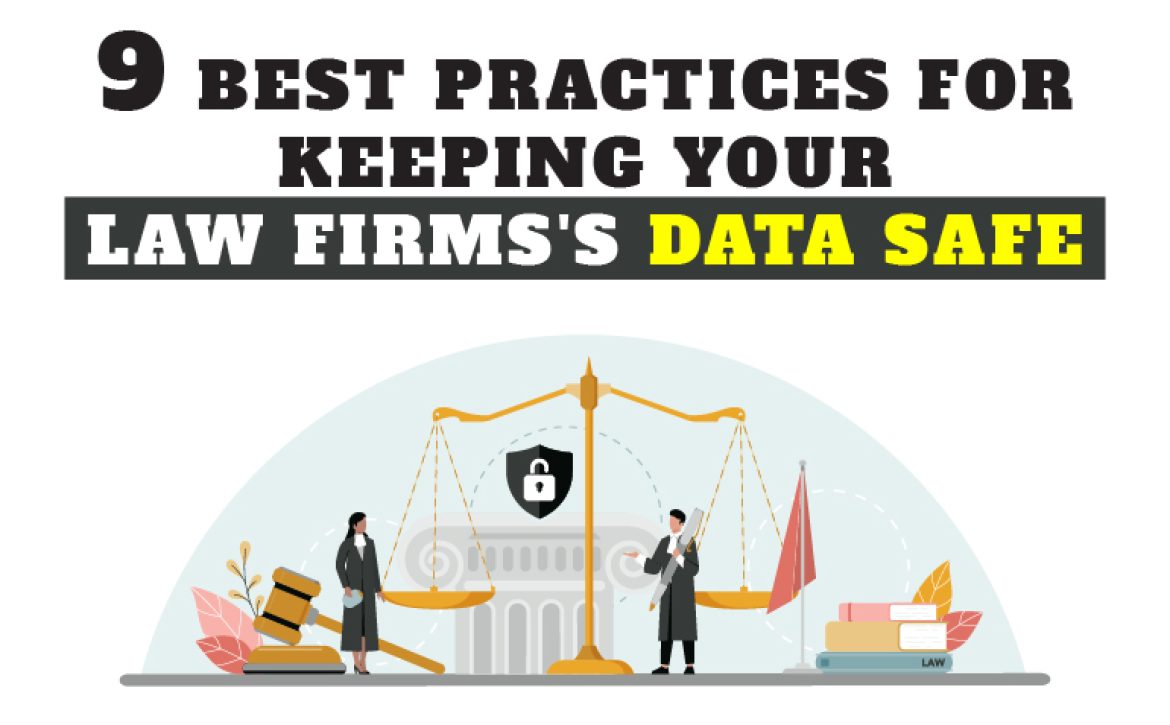

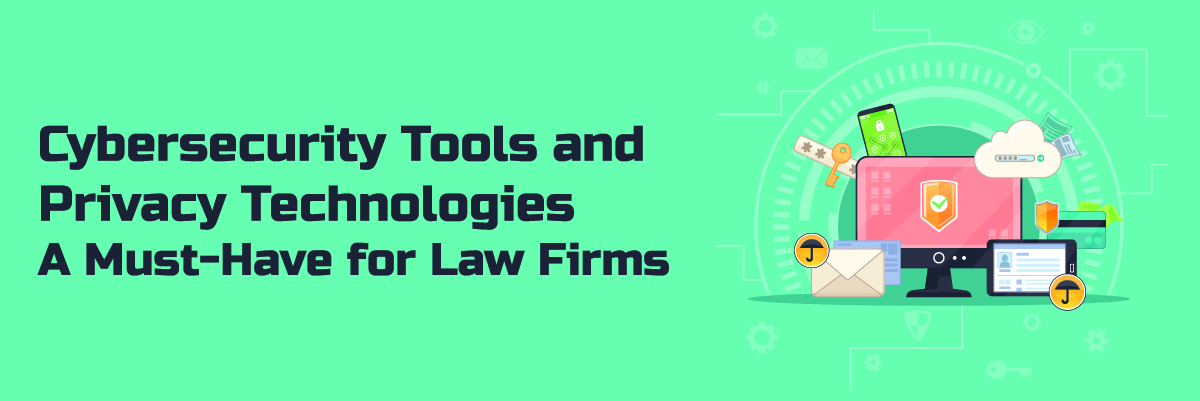
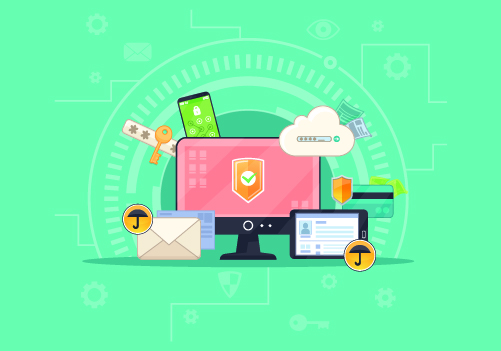 with privacy laws such as the GDPR and CCPA. However, like with cybersecurity tools, these technologies must be implemented as part of a comprehensive privacy strategy to really be effective.
with privacy laws such as the GDPR and CCPA. However, like with cybersecurity tools, these technologies must be implemented as part of a comprehensive privacy strategy to really be effective.

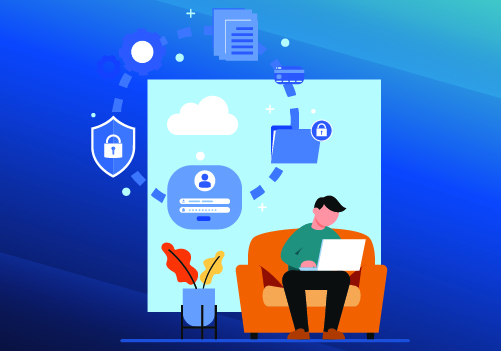 Best Practices for Managing Data Security and Privacy Concerns in Cloud Computing
Best Practices for Managing Data Security and Privacy Concerns in Cloud Computing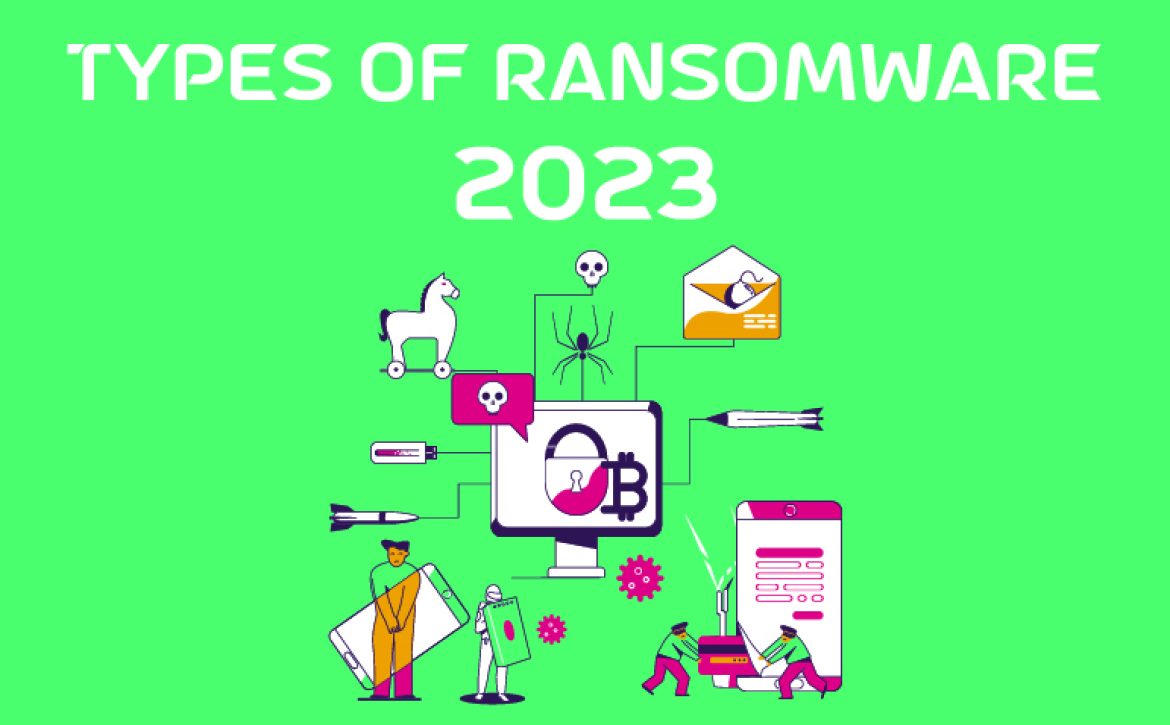
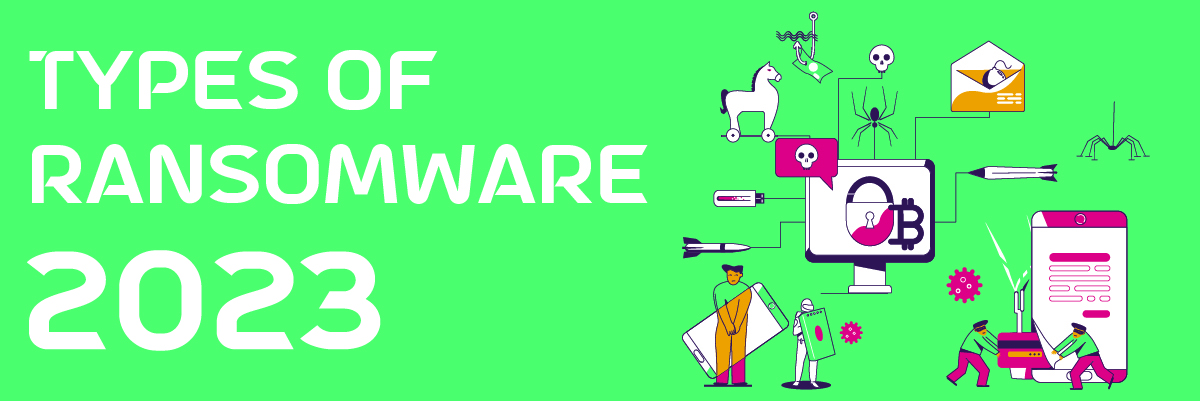
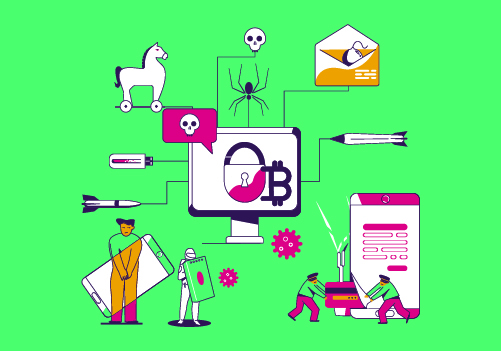

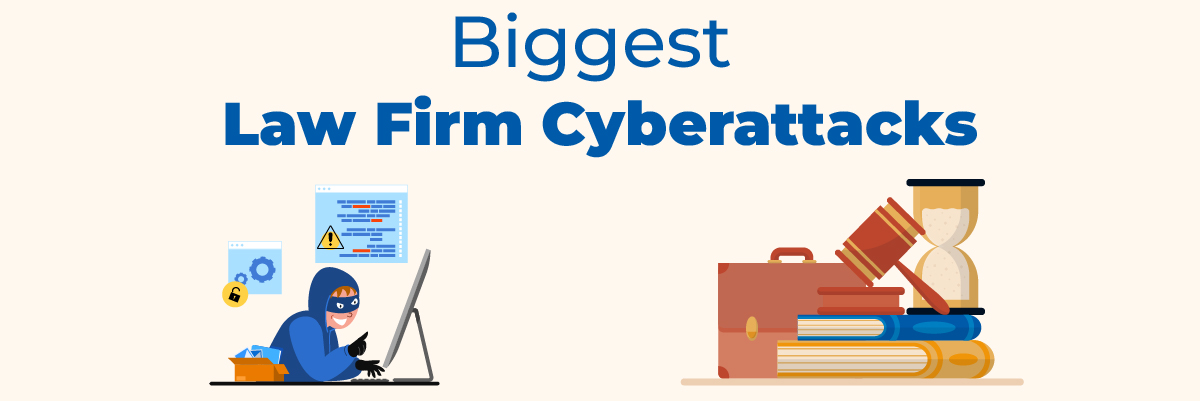
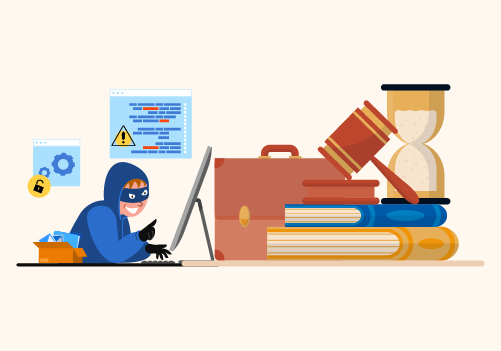

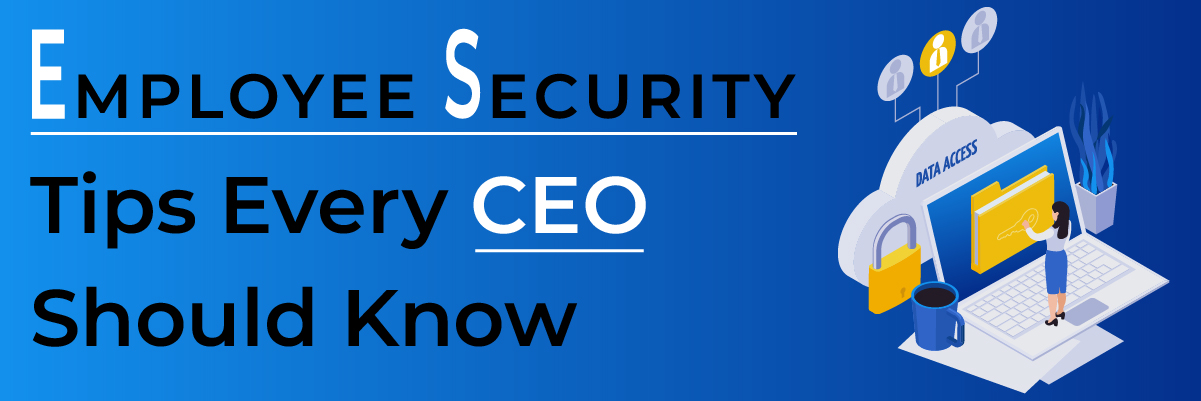
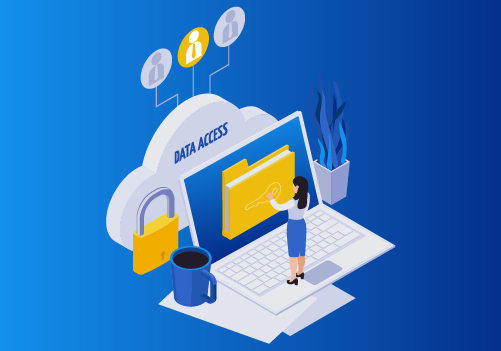

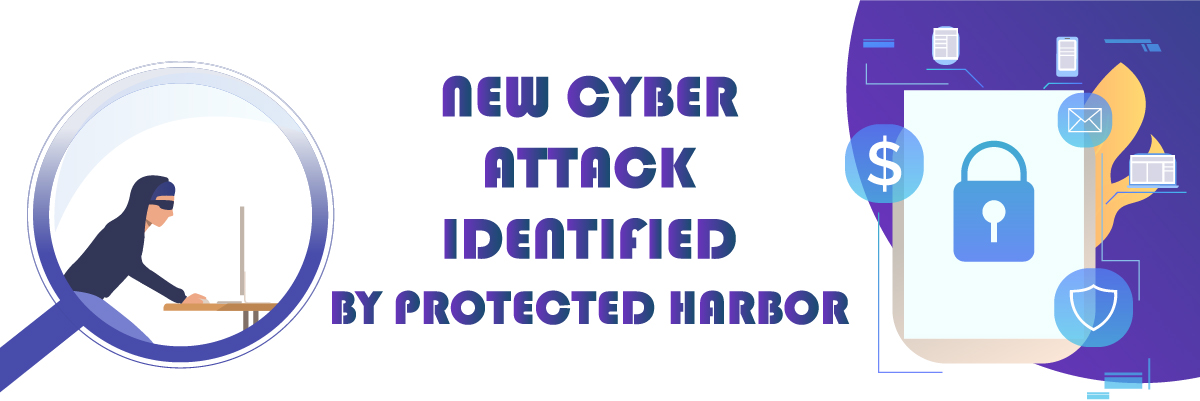


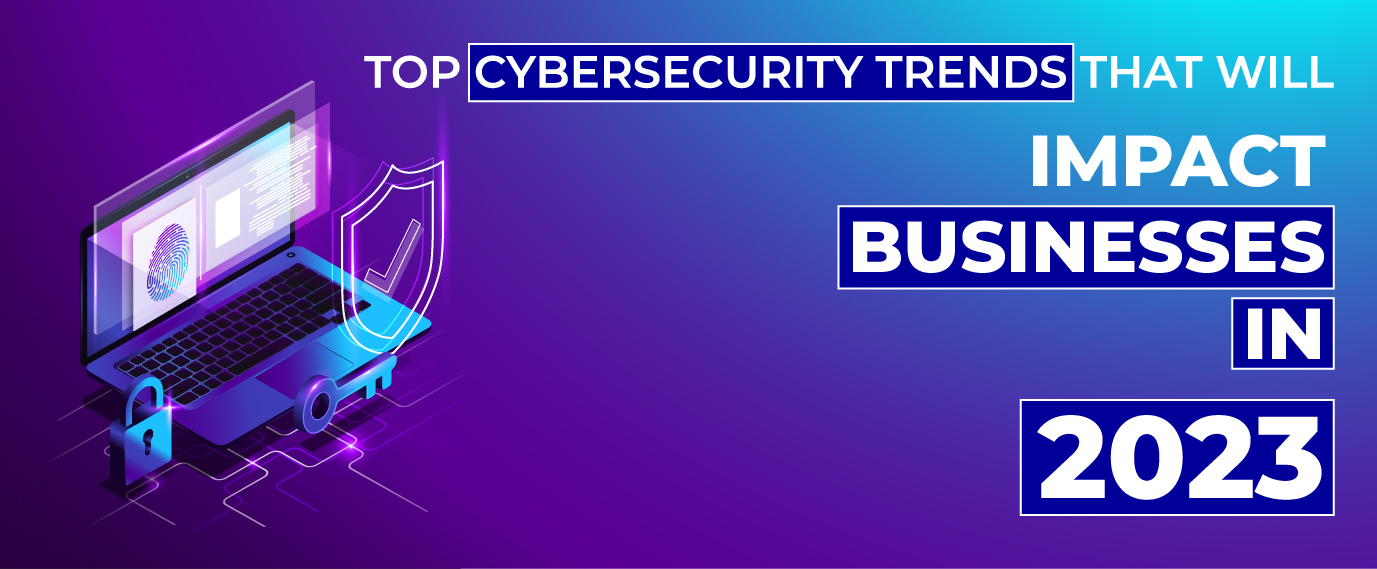
 Cloud Computing Security Trends
Cloud Computing Security Trends